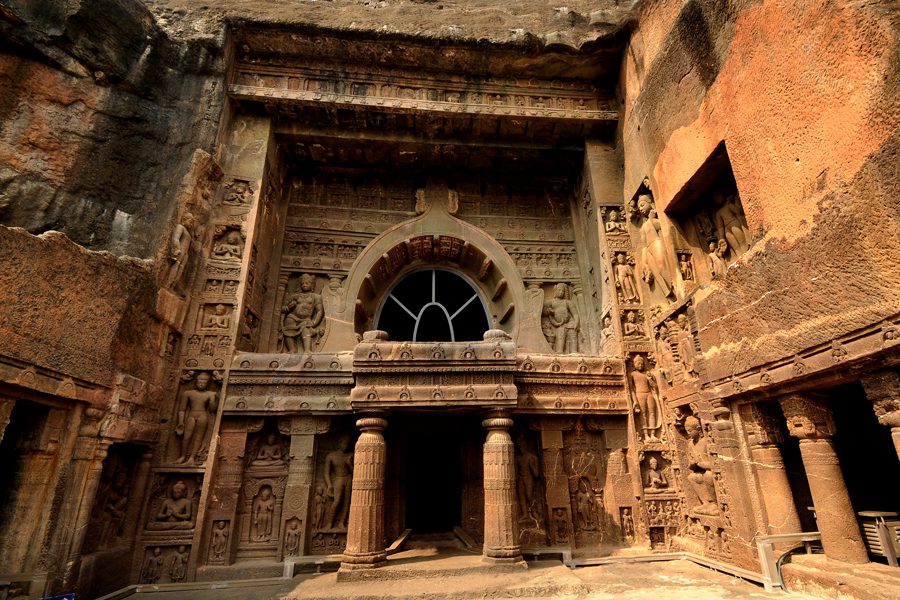The Ajanta Caves are one of the most remarkable examples of ancient Indian art and architecture. They are located in the Aurangabad District of Maharashtra state in India, about 450 km (280 miles) east of Mumbai. The caves are carved into a horseshoe-shaped cliff overlooking the Waghora River, which provides a scenic backdrop for the visitors. The caves are a UNESCO World Heritage Site and attract millions of tourists every year. But how did the ancient people of India create such a magnificent complex of rock-cut temples and monasteries that feature exquisite paintings and sculptures?

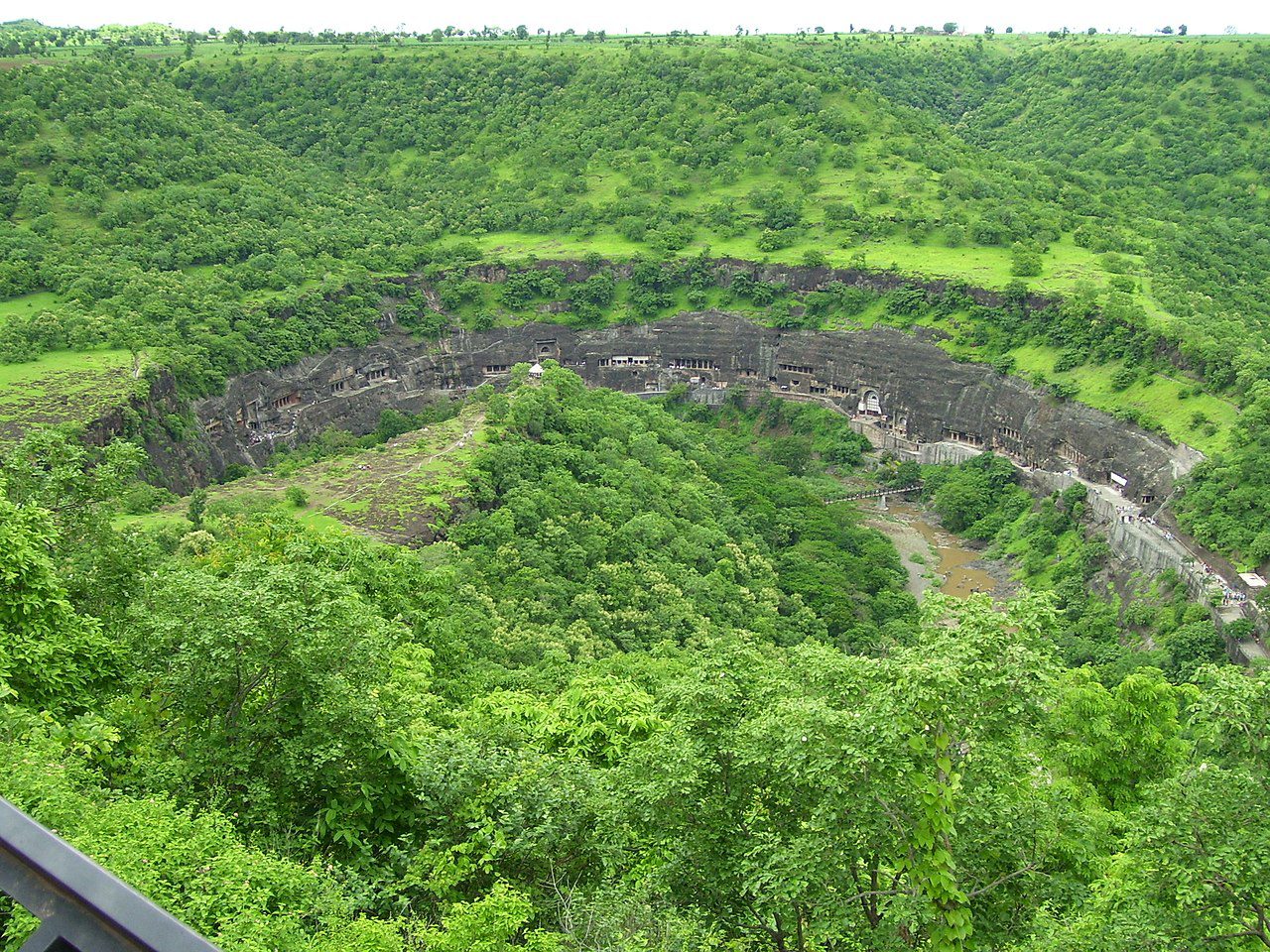
The answer lies in the history and culture of Buddhism in India. Buddhism originated in India in the 6th century BCE as a reform movement within Hinduism. It taught the principles of non-violence, compassion, and the Four Noble Truths: the truth of suffering, the truth of the cause of suffering, the truth of the end of suffering, and the truth of the path that leads to the end of suffering. The Buddha, or the Enlightened One, was the founder of Buddhism and his teachings were spread by his disciples across India and beyond.
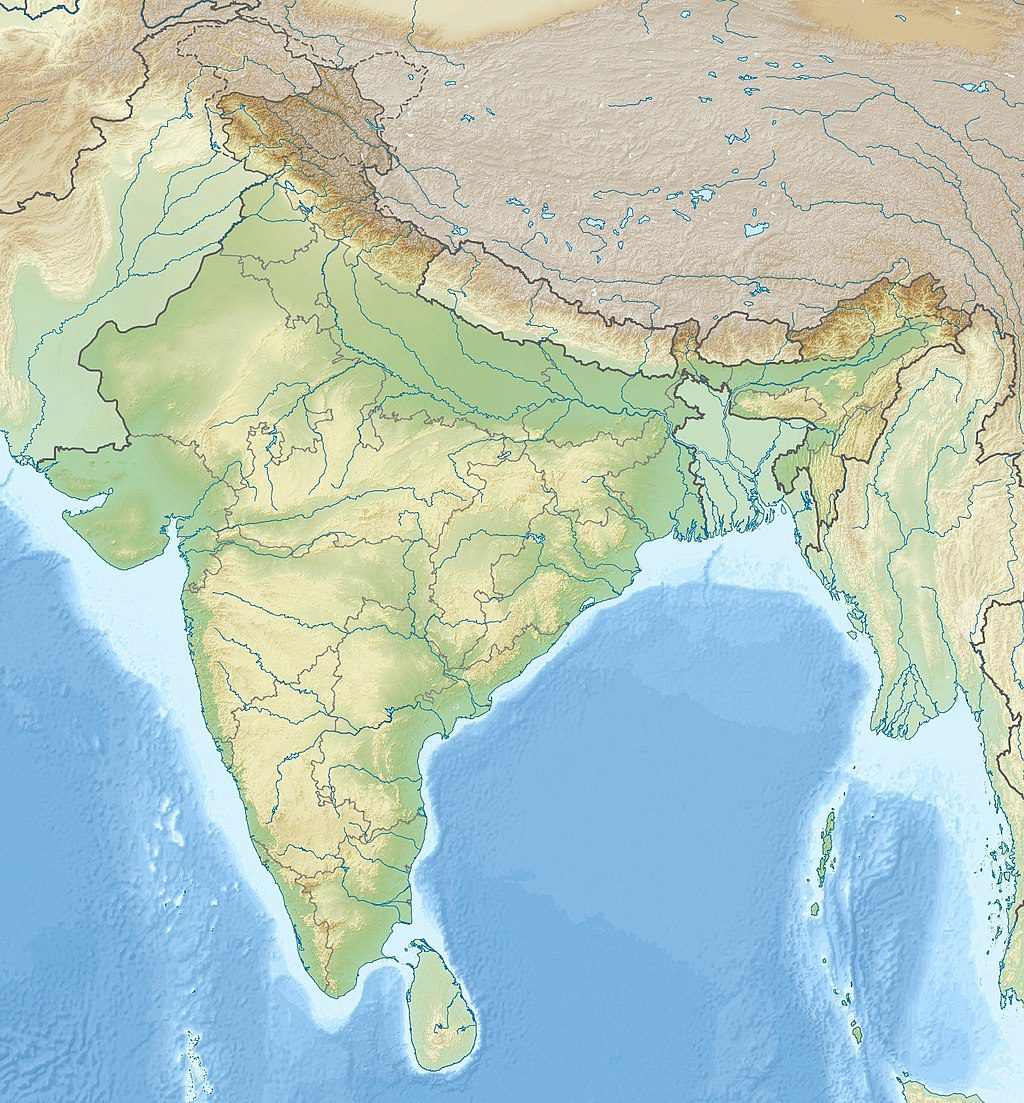
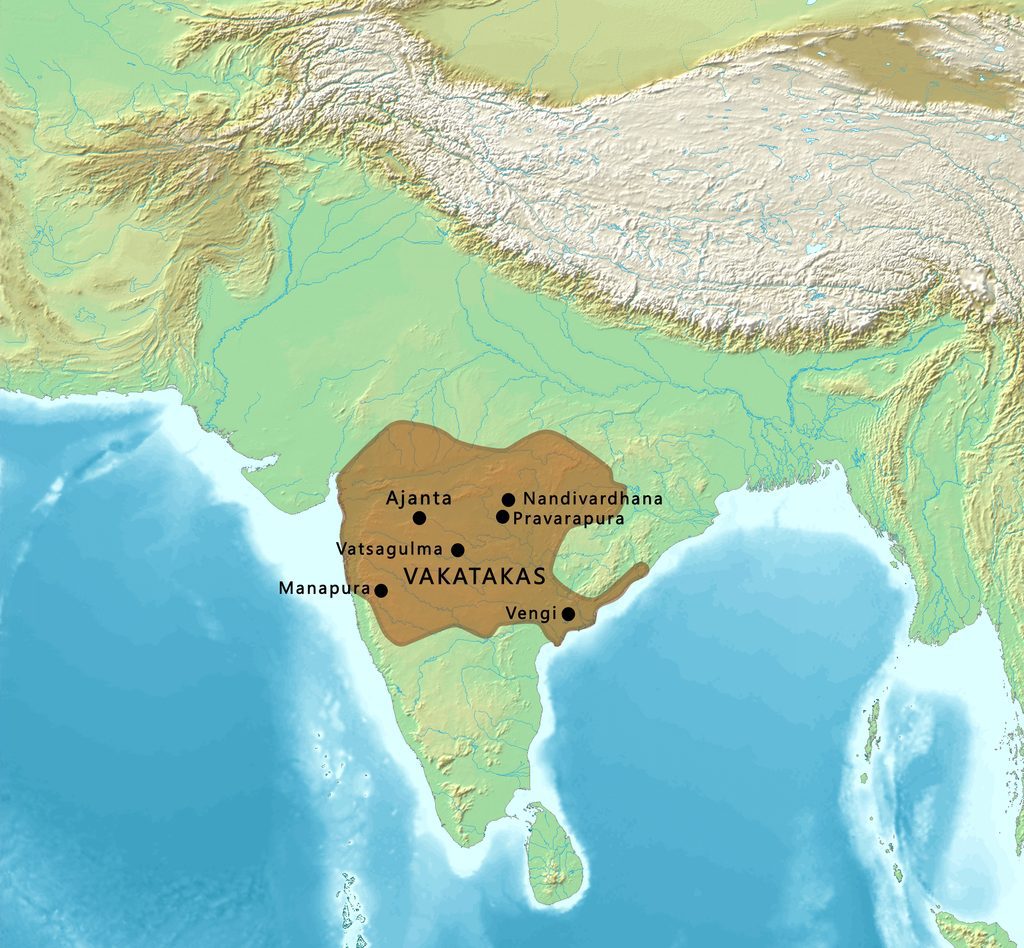

The Ajanta Caves were built in two phases, separated by an interval of about four centuries. The first phase coincided with the rule of the Satavahana dynasty from about the 2nd century BCE to the 1st century CE. The Satavahanas were patrons of Buddhism and supported the construction of many Buddhist monuments across their empire. The Ajanta Caves were one of them. During this phase, six caves (caves 8, 9, 10, 12, 13 and 15A) were excavated by Hinayana or Theravada followers of Buddhism, who worshipped Buddha in an aniconic or symbolic form. These caves are simple and austere, and carry mural paintings sparsely. The caves consist of two types: chaityagrihas or sanctuaries, and viharas or monasteries. The chaityagrihas have a vaulted ceiling and an apsidal end, with a horseshoe-shaped window above the entrance. Inside, they have a central nave and side aisles separated by colonnades, with a stupa or a dome-shaped structure at the end as the object of worship. The viharas have a rectangular hall for congregation, with cells on three sides for monks to live in.
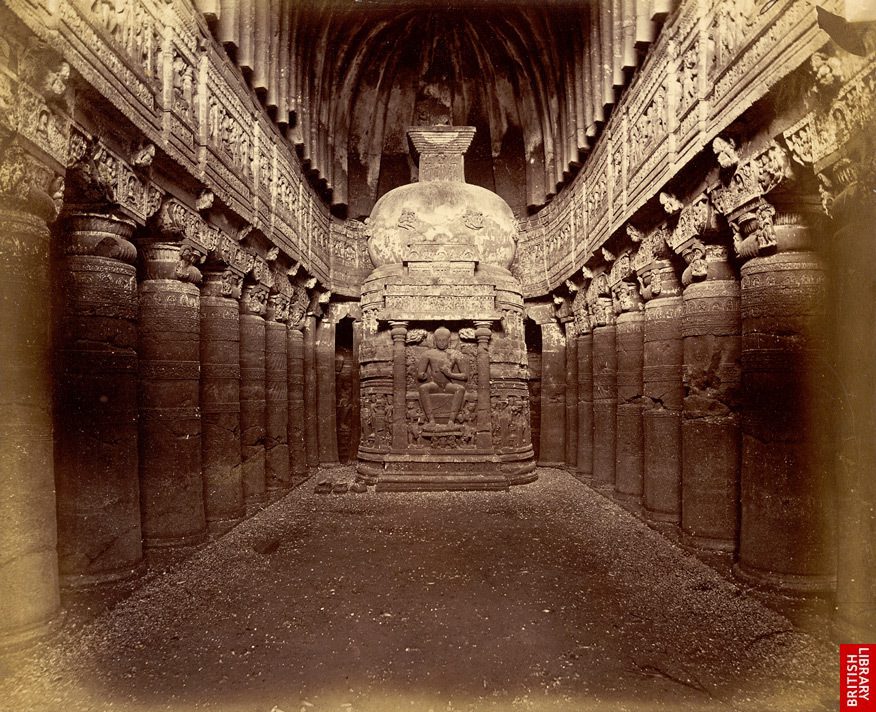

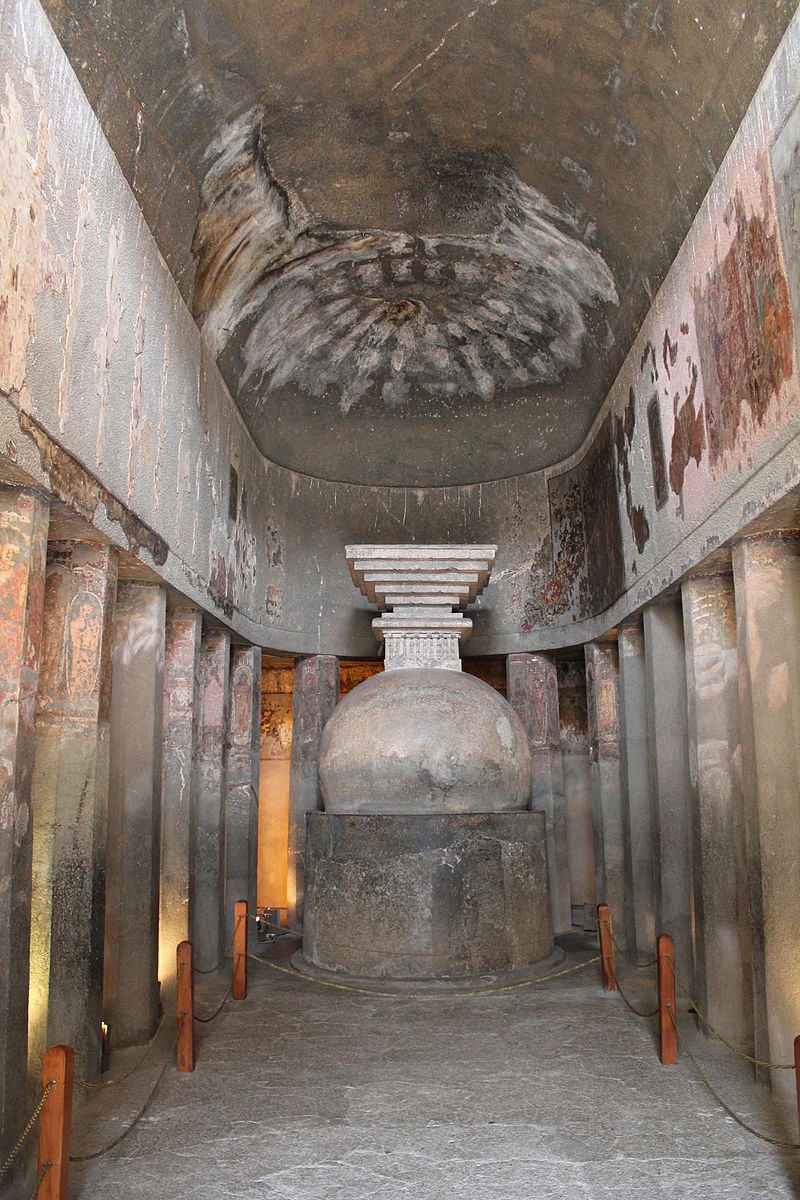
The second phase occurred from 400 to 650 CE, during the rule of the Vakataka dynasty and their feudatories. The Vakatakas were also patrons of Buddhism and encouraged artistic activities at Ajanta. During this phase, many more caves were added to the original group, making a total of twenty-nine caves. The earlier caves were reused, and some were modified according to the new style. The new style was influenced by Mahayana Buddhism, which worshipped Buddha in an iconic or idol form. The caves became more elaborate and ornate, with richly decorated sculptures and paintings. The paintings depict scenes from the life of Buddha, his previous incarnations or Jatakas, legends and stories from Buddhist literature, as well as portraits of donors and devotees. The paintings are executed in tempera technique, using mineral pigments mixed with animal glue or plant gum on a plastered surface. The paintings are remarkable for their naturalism, expressiveness, perspective, composition, and use of colors.


The Ajanta Caves are a testimony to the skill and devotion of the ancient people of India who built and decorated them over centuries. They are a treasure trove of Buddhist art and culture that have inspired generations of artists and scholars. They are also a living monument that continues to attract pilgrims and tourists who marvel at their beauty and spirituality.
